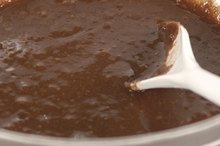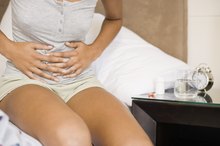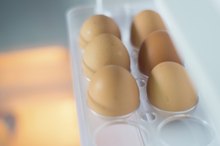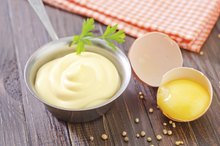Can You Tell If Food Has Salmonella?
Salmonella is one of the most common types of food poisoning in the United States, with about 42,000 cases reported each year. Unfortunately, you can't tell just by looking at a food or smelling it if it is contaminated with salmonella. This can be determined only by a laboratory test. But you can take steps to limit your risk of getting food poisoning from consuming foods contaminated with this bacteria. Understanding which foods can be sources and how to destroy this bacteria can help you stay healthy.
Potential Sources
If you develop abdominal cramps, diarrhea and fever within 12 to 72 hours after eating a food and your symptoms last from four to seven days, you may have become infected with salmonella. Salmonella-infected poultry is one of the more well-known causes of this type of food poisoning, but other foods can also be contaminated, such as eggs, meat, cheese, nuts, unpasteurized milk and fruit juices, spices, and raw fruits and vegetables.
Avoiding Contamination
Can You Get Salmonella from Undercooked Brownies?
Learn More
Cook eggs until both the white and yolk are firm, keep hot foods hot and cold foods cold, and don't leave food sitting out for more than two hours. Use separate cutting boards and utensils for cooked and raw food, wash your hands often, and make sure to clean all utensils and surfaces before and after use. Cook whole meats to 145 degrees Fahrenheit, ground meats to 160 degrees and poultry to 165 degrees, because at these temperatures, most of the bacteria will be killed if the food is contaminated, limiting your risk of infection.
Related Articles
References
Writer Bio
Based in Massachusetts, Jessica Bruso has been writing since 2008. She holds a master of science degree in food policy and applied nutrition and a bachelor of arts degree in international relations, both from Tufts University.









